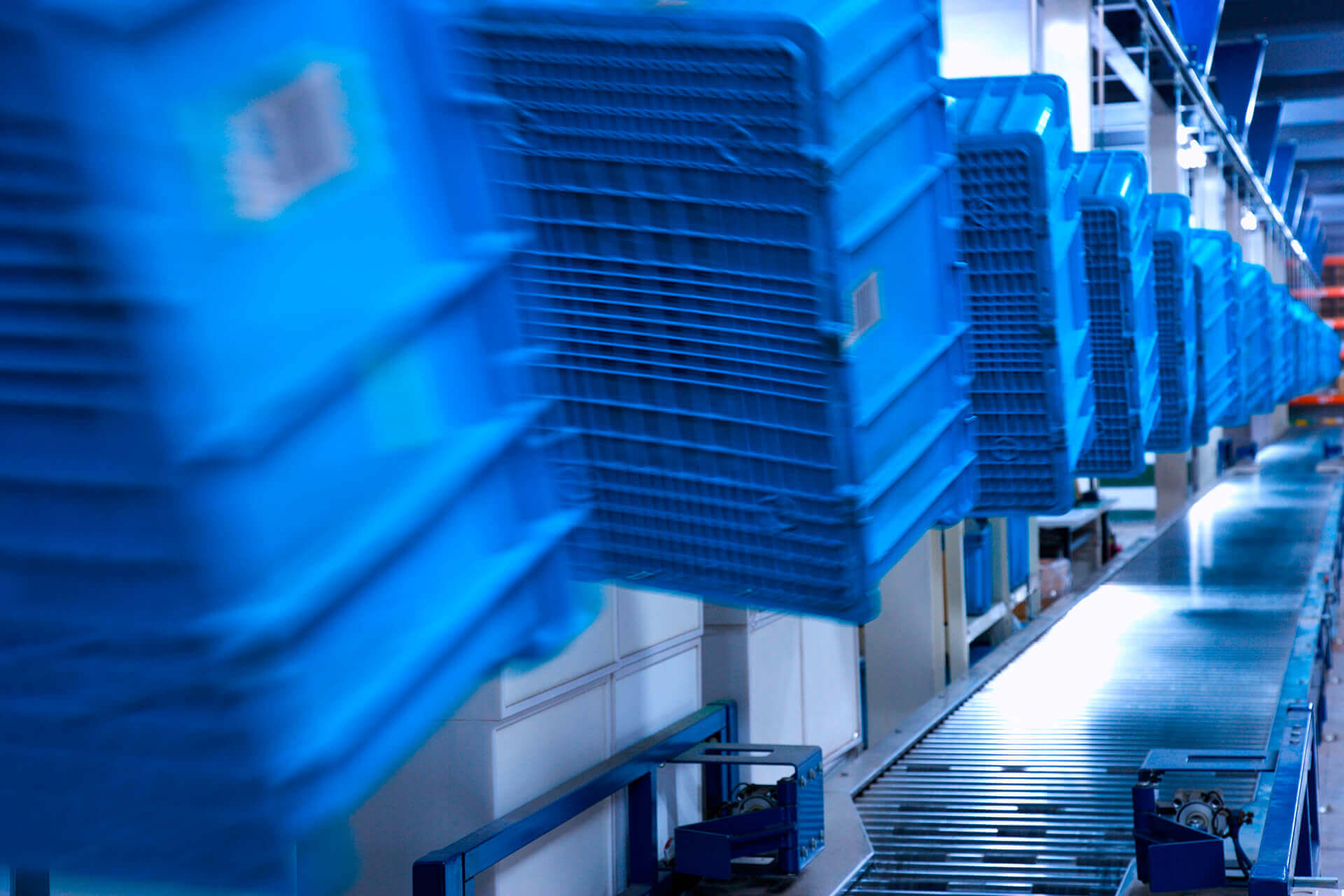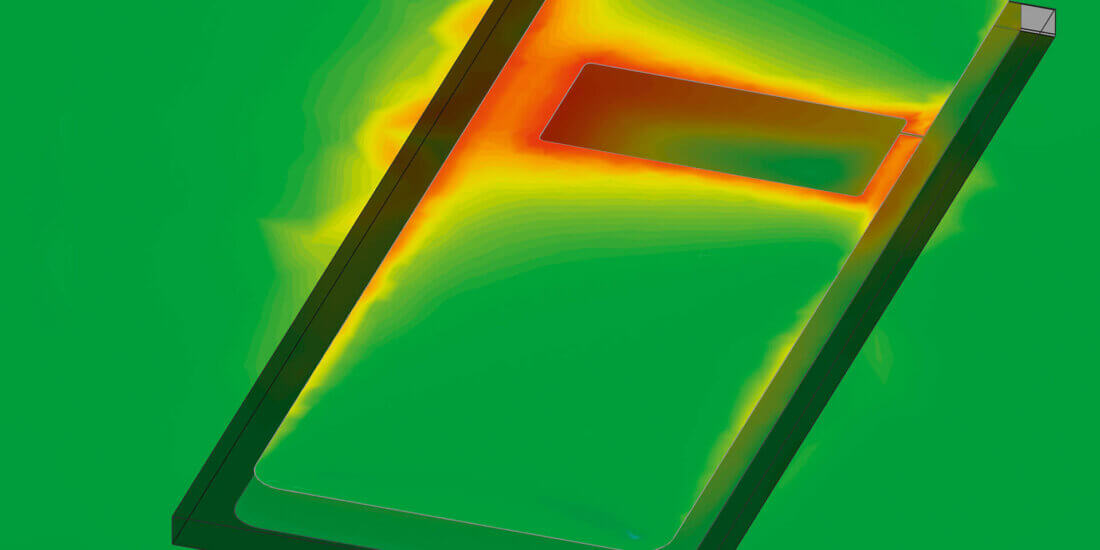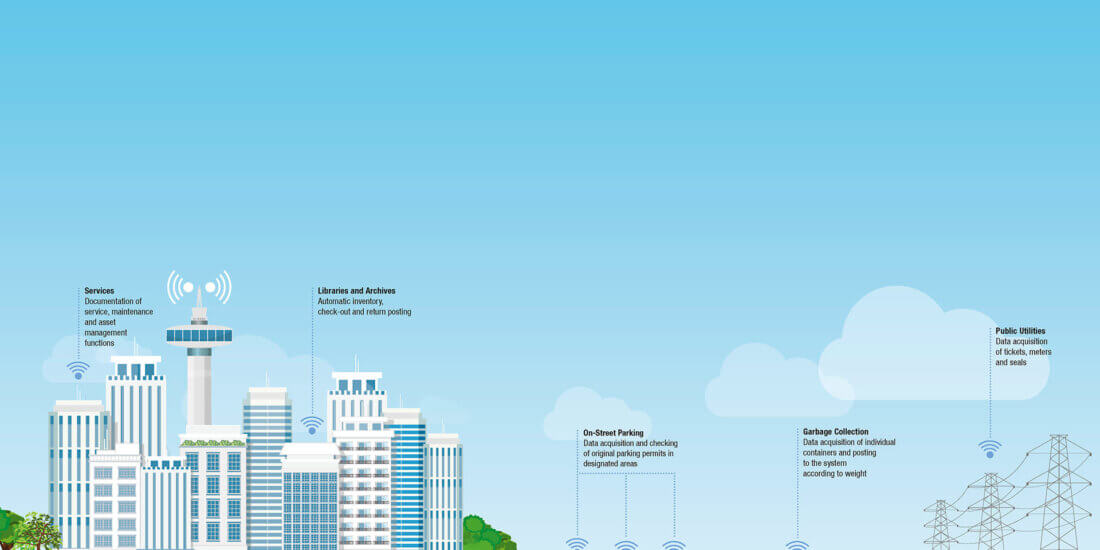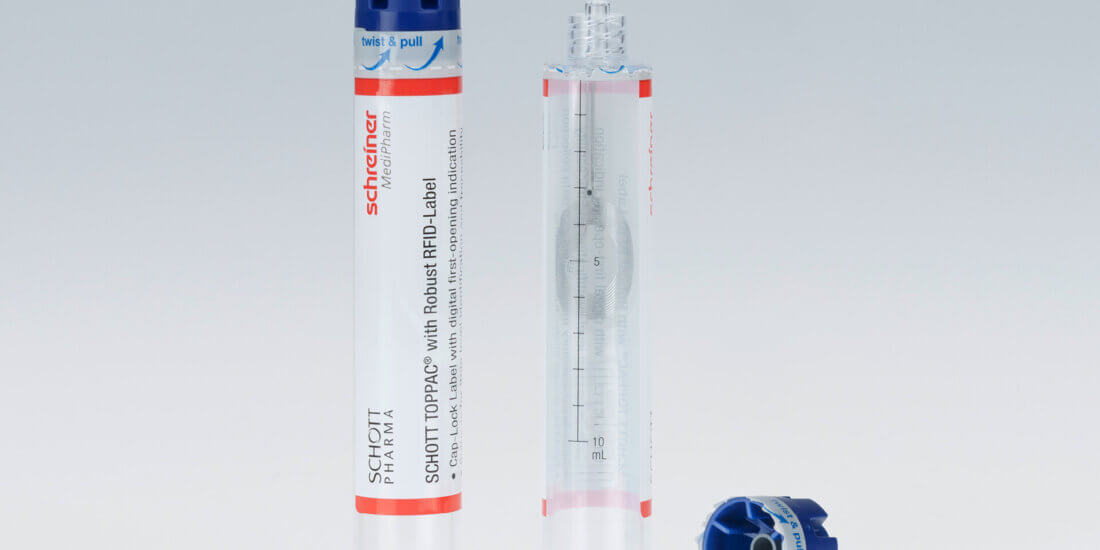RFID Process Analysis: The Optimal Product
SCHREINER LOGIDATA
RFID Process Analysis:
The Optimal Product
RFID (Radio Frequency Identification) has been gaining traction as a base technology in the past five years. The additional options RFID can offer are used in industry and distribution as well as in the service and ticketing sectors. However, increasingly broader fields of application entail new demands being made on the data storage media. For these requirements, the Schreiner LogiData competence center offers an on-site RFID process analysis to its customers. Involving only minimal costs and effort, the analysis investigates whether RFID can be deployed and what requirements have to be considered.
A number of aspects must be looked at in advance whenever an organization considers the deployment of a new, additional identification technology: What advantages does the technology offer? What disadvantages may have to be taken into account? How can the processes be optimally combined with the technical potential of RFID?
Benefits of RFID
The benefits of an RFID solution include bulk reading, secure encryption as an original, data acquisition through materials and supplementary data. The challenge lies in delivering optimal read range, durability of the label across longer periods of use, appropriate choice of the content to be programmed and secure, long-term encryption as effectively as possible. Plus, not all substrates are optimally suited for RFID use. For instance, RFID-UHF technology does not work through metal, ESD, carbon or liquids. However, there are technical solutions available for designing RFID labels on such substrates in ways that at least make data acquisition possible on them. These requirements must be considered to ensure successful deployment of the new technology.
Combination of Chip and Antenna
The combination of chip and antenna is another factor. Not every RFID chip offers the same storage options, read ranges or efficiency in terms of speed. Combining a suitable chip with a perfect RFID antenna is a key factor on the path toward an optimal solution. The same applies to RFID reading systems and the related software. Not every RFID read or write antenna delivers the same range and speed or bulk reading capability. In this context, the primary differences between the manufacturers of RFID readers and RFID antennas concern the interaction with the integrated software.
All of these circumstances must be examined in planning the deployment of RFID in organizations. The requirements, workflows and RFID components must be optimally adapted to each other for the RFID solution to produce the desired success.
Tailored RFID labels for diverse uses
RTIs as a Case in Point
A company is seeking to equip RTIs (returnable transport items) with RFID. One of its objectives is to optimize receiving and shipping logistics using RTIs. In addition, empties management is supposed to be handled in real time. The technical products with metal housings should be captured in a fully automatic end-to-end workflow from the entire assembly process to shipping. In addition, it should be possible to document services or product returns.
An initial analysis has revealed that the UHF-RFID frequency is the best-suited choice. For the containers, a meaningful number range should be selected so that diverse types of containers or sites can be accommodated. In any event, the containers should be equipped with two RFID labels (one on either side) and, when the containers are washed, a protective overlamination should additionally provide permanent protection for the printed and programmed container IDs. For bulk reading processes, attention must be paid to all container labels achieving comparably good read range to ensure reliable reading.
Technical Devices with Metal Housings
It makes sense to also use UHF-RFID labels in this scenario so that a company can limit its RFID deployment to one technology throughout the organization. The labels on the device housings are optimized for operation on metal and all components installed can automatically be posted to the device ID while moving through the assembly process.
In the shipping department, the devices should be read in bulk. The RFID label should be complemented with inspection data and last for at least ten years even in non-clean environments. In this case, it’s important for the RFID label to achieve good read range on metal while still being suitable for on-site programming and printing at the first station of the housing production process.
Equally important is resistance against dirt, wetness, cleaning and aging. Once all the devices have passed all the stations in the assembly process, they’re packed into boxes. Service providers can store their data such as inspection dates and changed components on the label directly on the device for ten years and, as a result, have access to reliable, decentralized on-site information.
As these examples show, the optimal product is not always physically identical, but operates with the same reading systems in the same surroundings. Even so, a deployment of RFID technology requires every process to be looked at individually to achieve the best possible outcome in terms of efficiency and cost savings.








